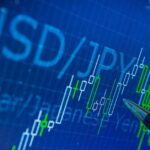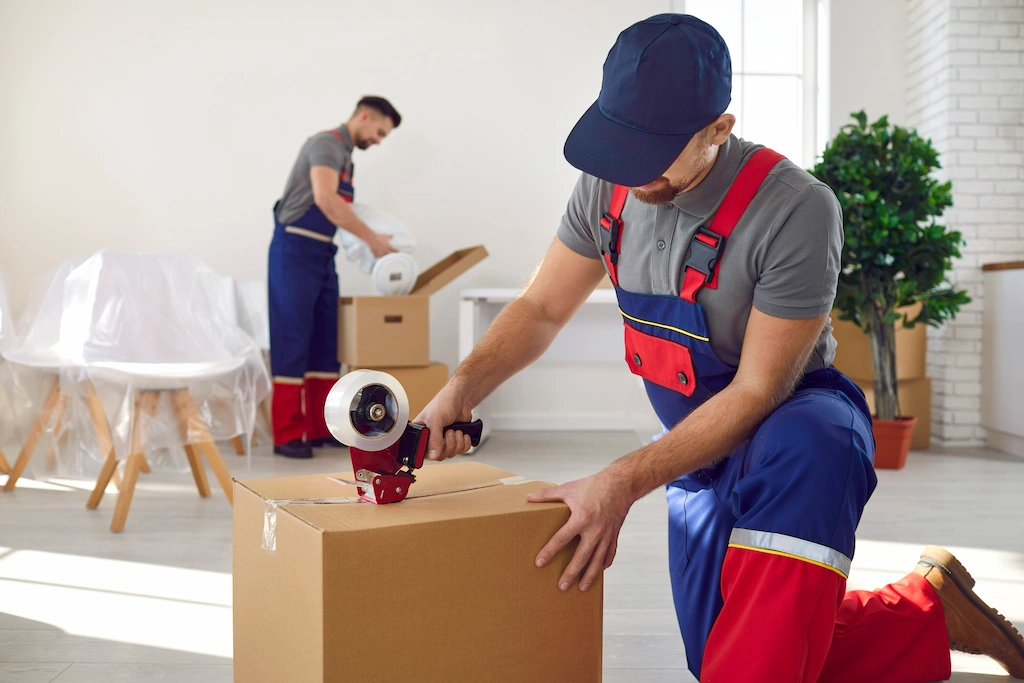In today’s competitive restaurant industry, profit margins are often razor-thin. Data analytics integrated into restaurant procurement software is revolutionizing how businesses manage their supply chains, offering unprecedented insights that can dramatically cut costs and boost profitability. Instead of relying on gut feelings or outdated spreadsheets, restaurant owners and managers can now leverage real-time data to make informed purchasing decisions, negotiate better deals with suppliers, and ultimately, improve their bottom line. By using predictive analytics and identifying trends, restaurant procurement software can help restaurants forecast demand and optimize stocking levels, reducing the risk of over-ordering perishable goods and minimizing waste.
Advanced Analytics for Smarter Purchasing
The power of data analytics lies in its ability to transform raw information into actionable insights. Restaurant procurement software analyzes historical sales data, seasonal fluctuations, and even external factors like weather patterns to predict future demand. This allows restaurants to proactively adjust their purchasing strategies, ensuring they have the right ingredients on hand when they need them, without overstocking and risking spoilage. Furthermore, the software can track supplier performance, identifying those who consistently offer the best prices, quality, and delivery times. It can also highlight potential risks in the supply chain, such as price volatility or disruptions caused by weather events, enabling restaurants to proactively mitigate these challenges.
Reducing Food Waste Through Optimized Inventory
Food waste is a significant problem in the restaurant industry, with a substantial portion of purchased ingredients ending up in the trash. Procurement software with advanced analytics can play a crucial role in minimizing this waste. By accurately forecasting demand and optimizing inventory levels, restaurants can avoid over-ordering and reduce the amount of perishable goods that expire before they can be used. The software can also track ingredient usage patterns, identifying items that are frequently wasted or underutilized.
Negotiating Better Deals with Suppliers
Data analytics empowers restaurants to negotiate more favorable terms with their suppliers. By tracking purchasing history, price trends, and supplier performance, restaurant owners can gain valuable insights into their buying power. This information can be used to negotiate volume discounts, secure better payment terms, and establish long-term relationships with reliable suppliers. Procurement software can also automate the bidding process, allowing restaurants to easily compare quotes from multiple suppliers and choose the most competitive offers. This transparency and data-driven approach can significantly reduce procurement costs and improve overall profitability.
Boosting Profitability Through Efficiency and Insights
Ultimately, the integration of data analytics into restaurant procurement software is about boosting profitability. By optimizing purchasing decisions, reducing food waste, negotiating better deals with suppliers, and streamlining the entire procurement process, restaurants can significantly improve their bottom line. The insights gained from data analytics can also be used to identify areas for improvement in other areas of the business, such as menu engineering, pricing strategies, and marketing campaigns. In today’s data-driven world, restaurants that embrace these technologies will be well-positioned to thrive in a competitive and constantly evolving market.












